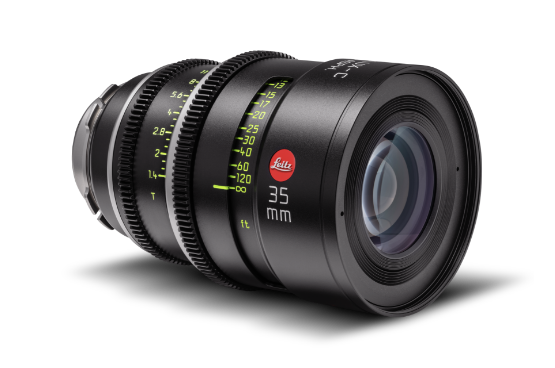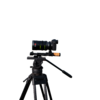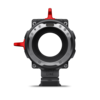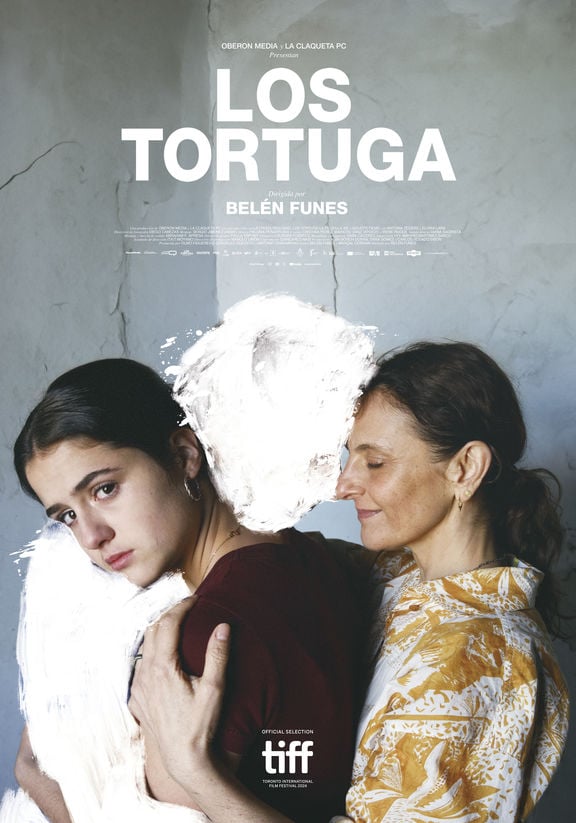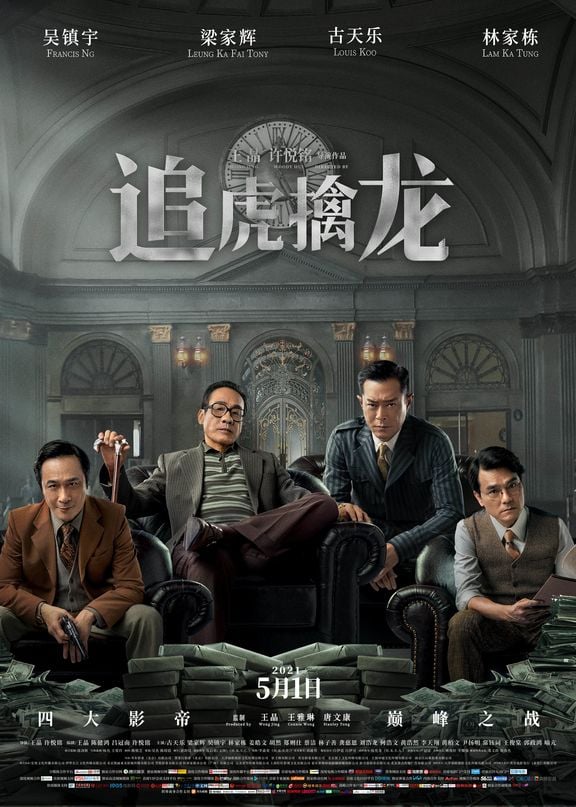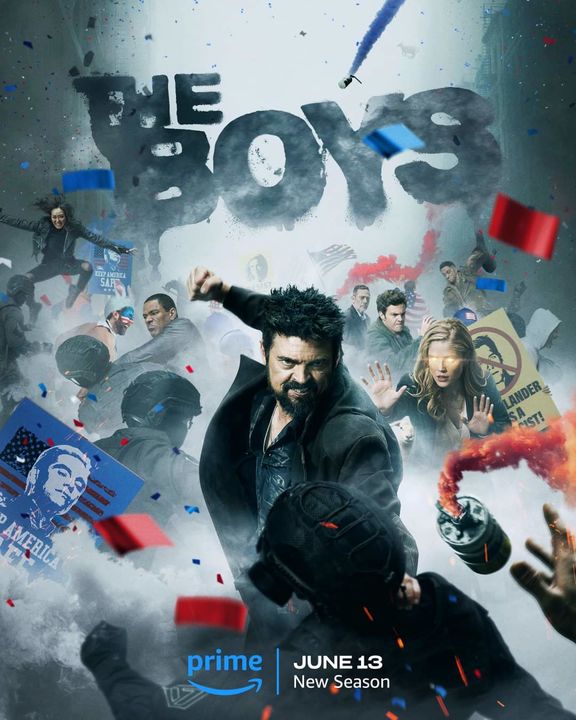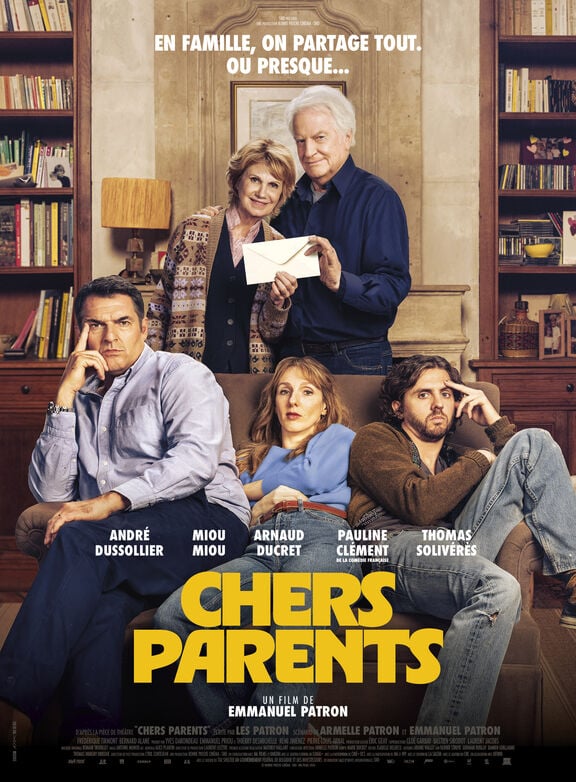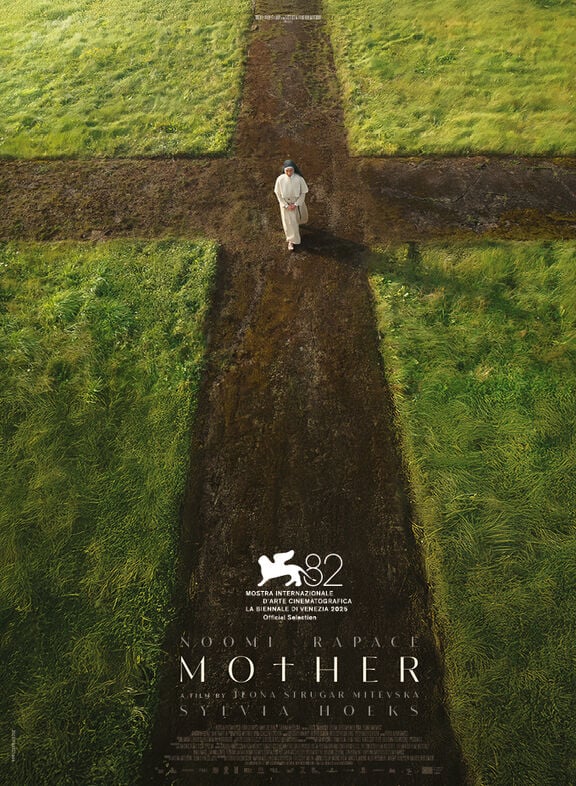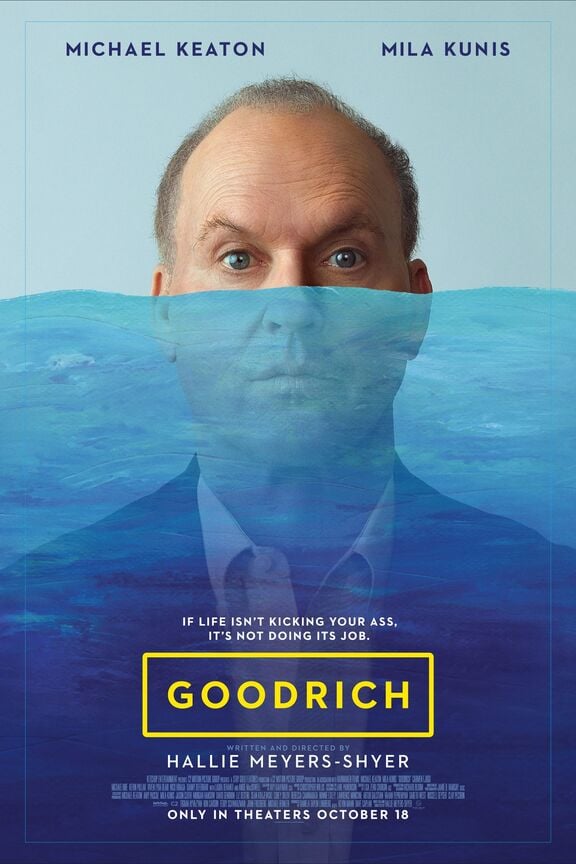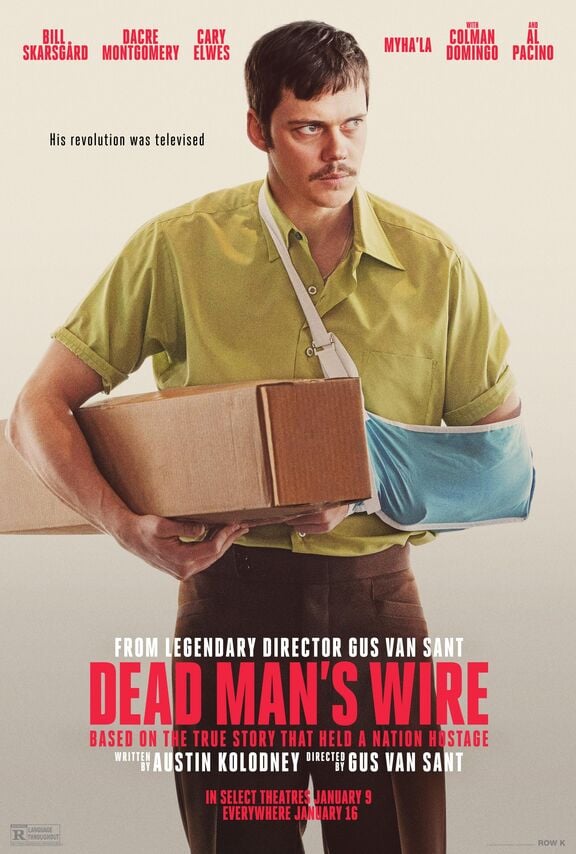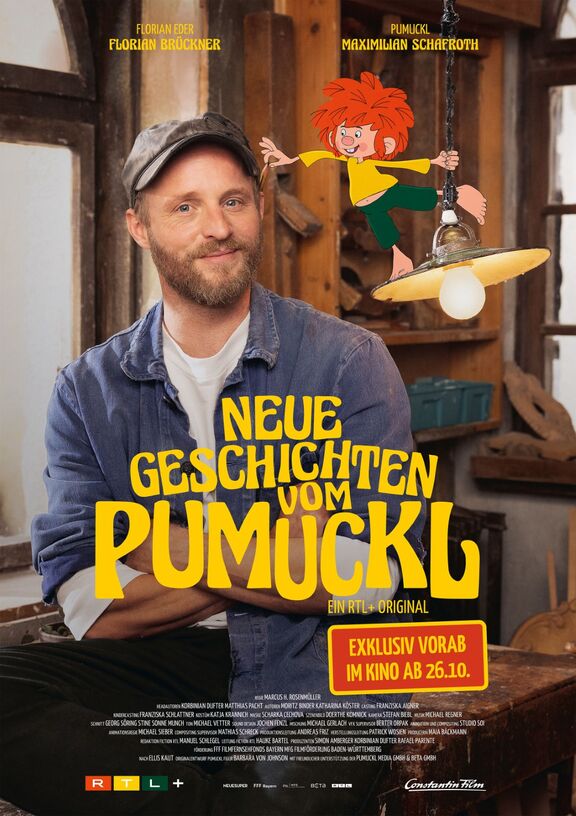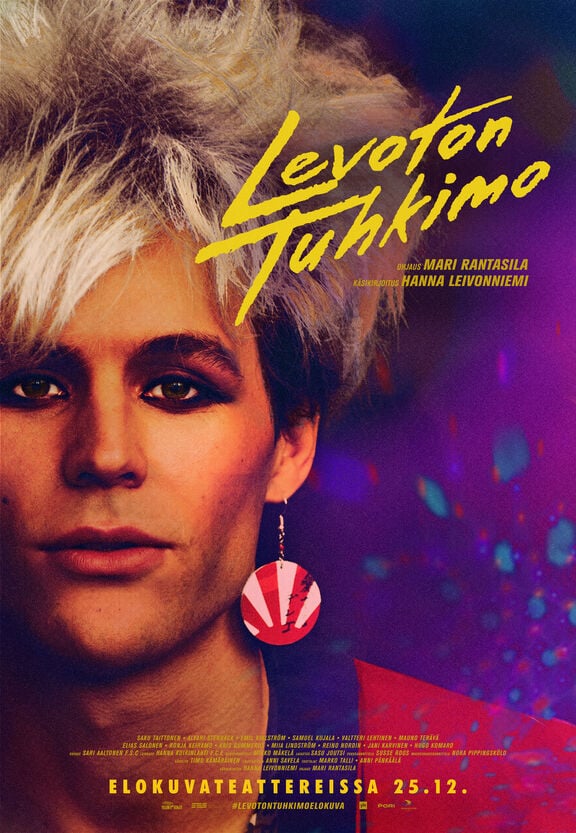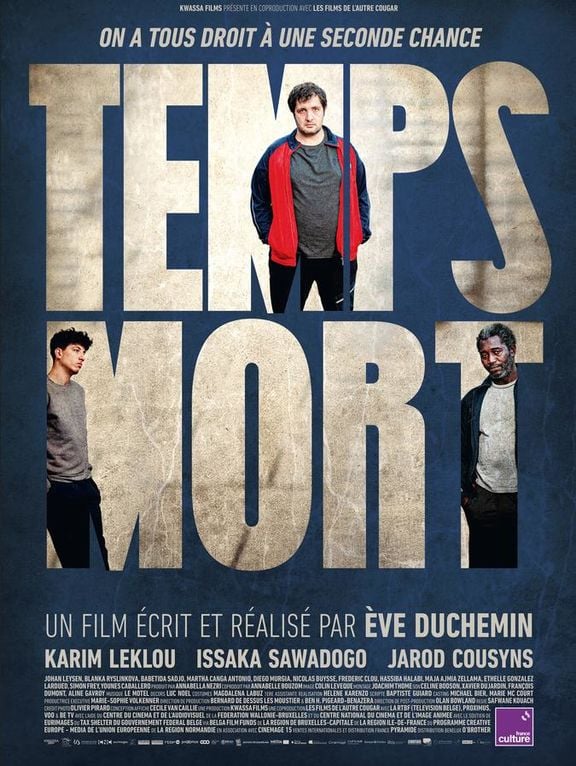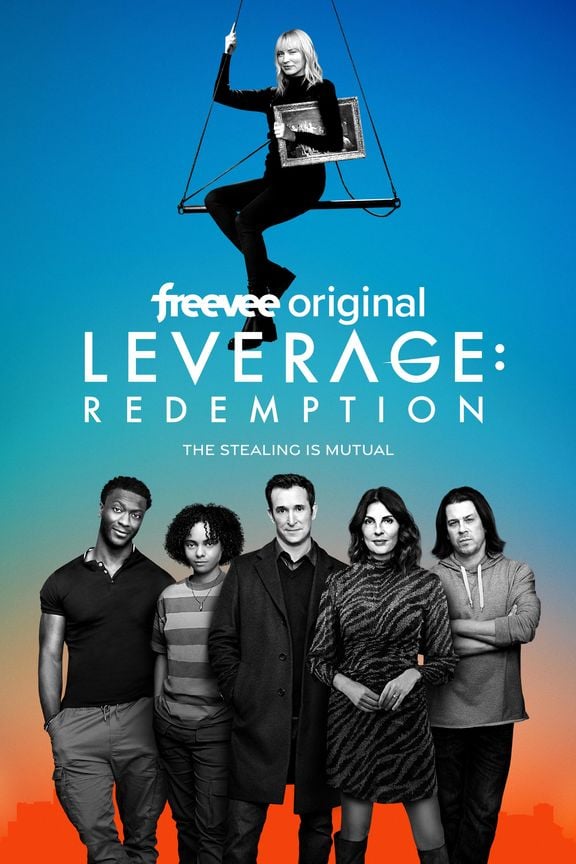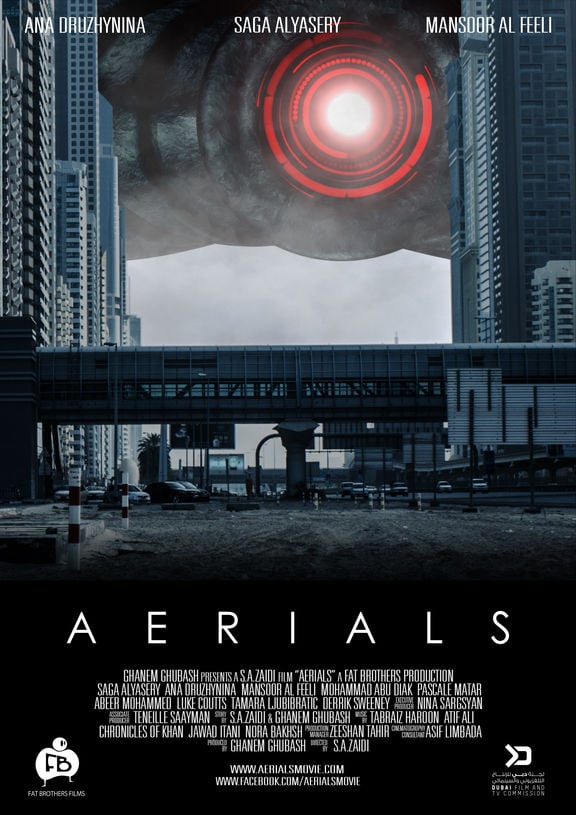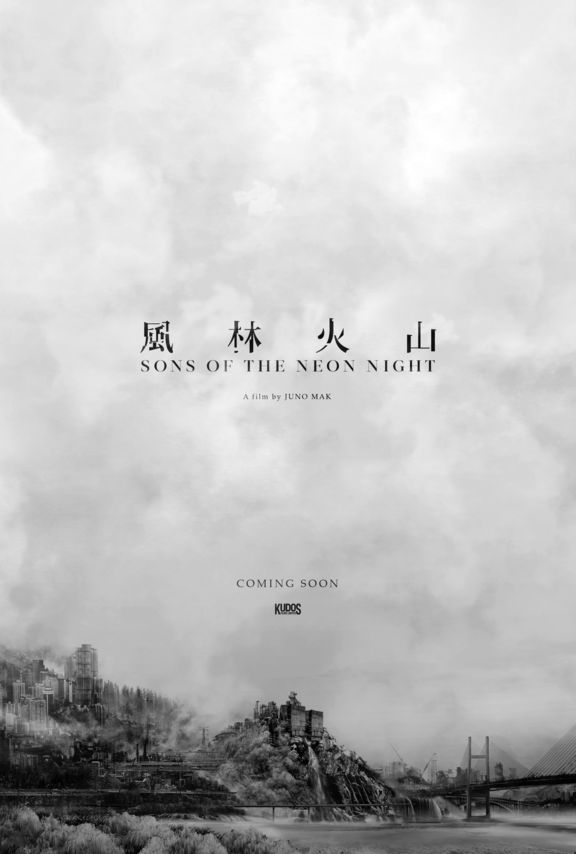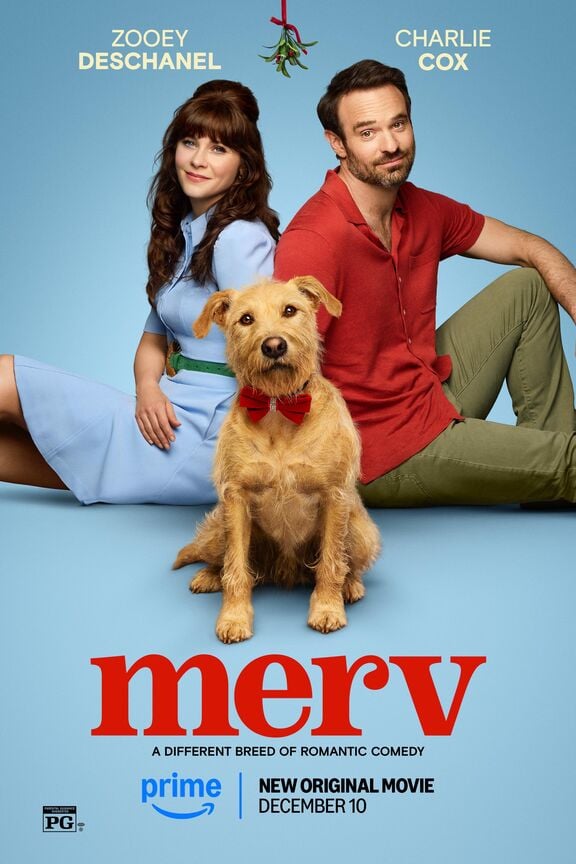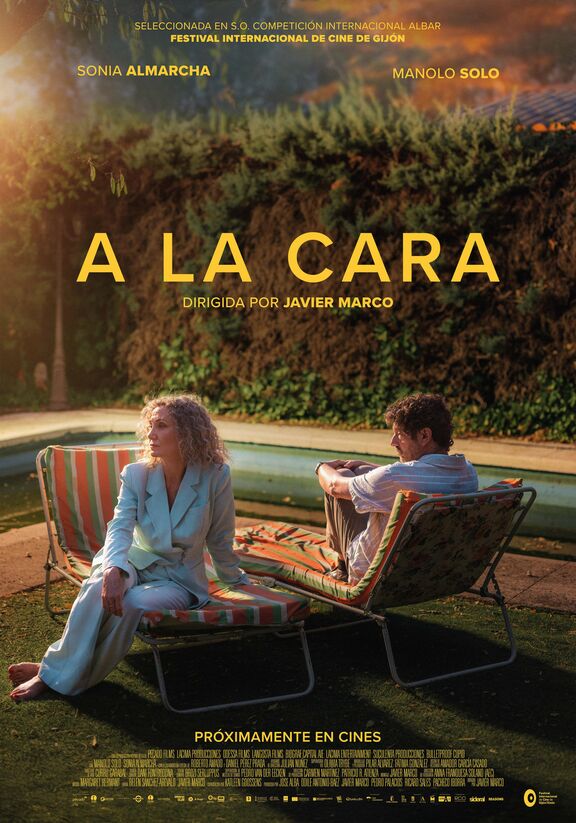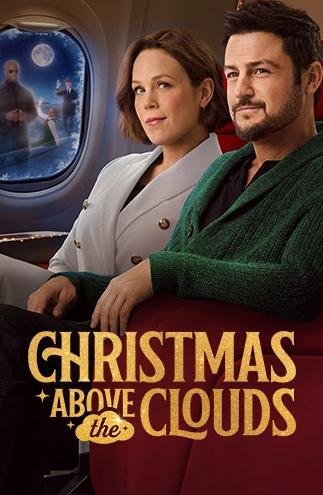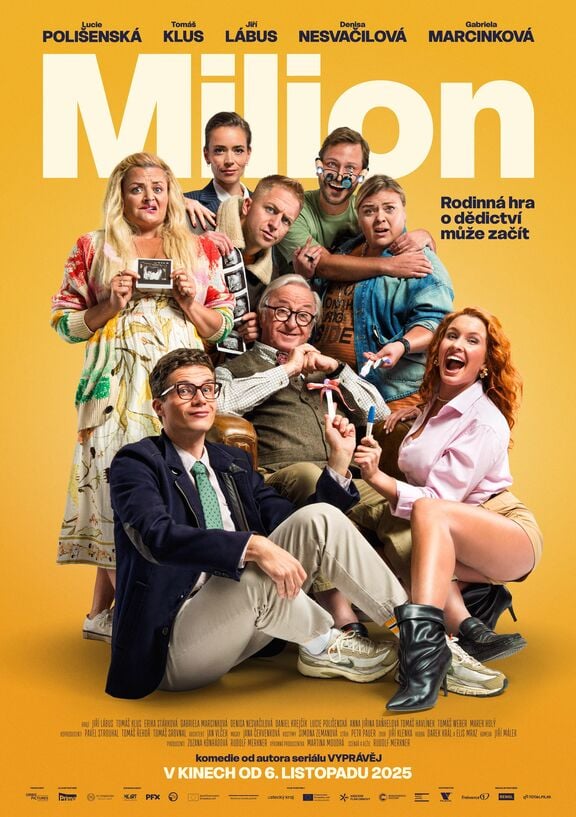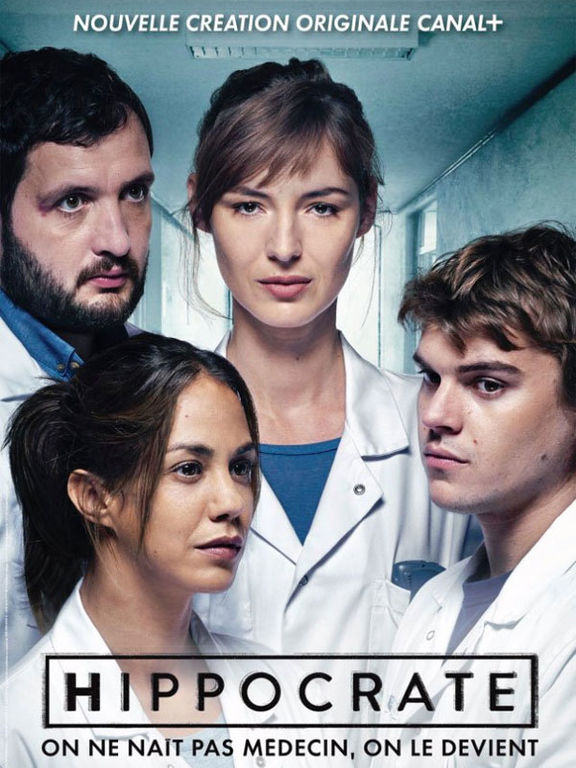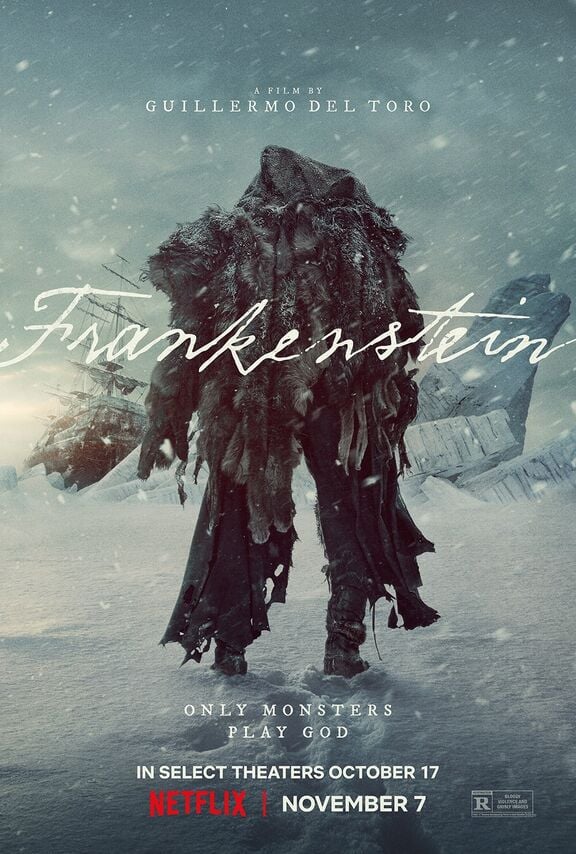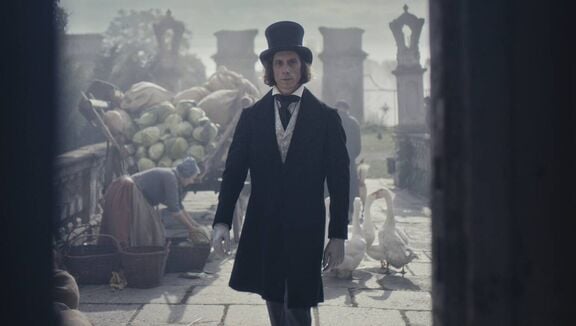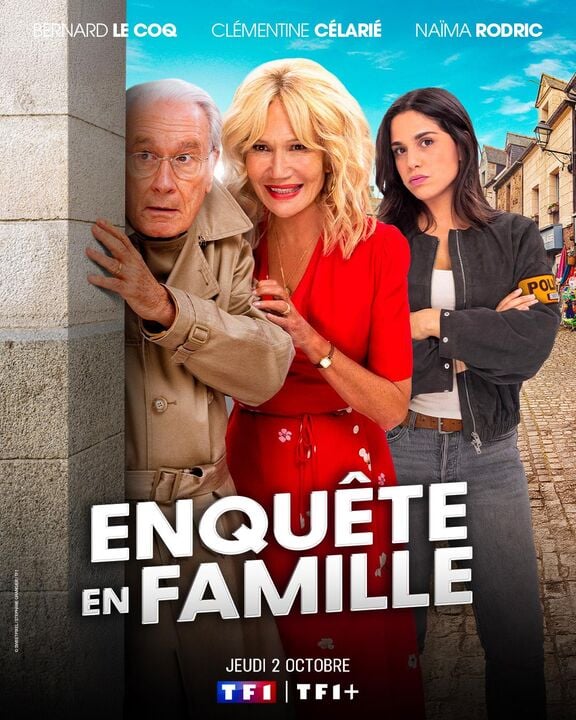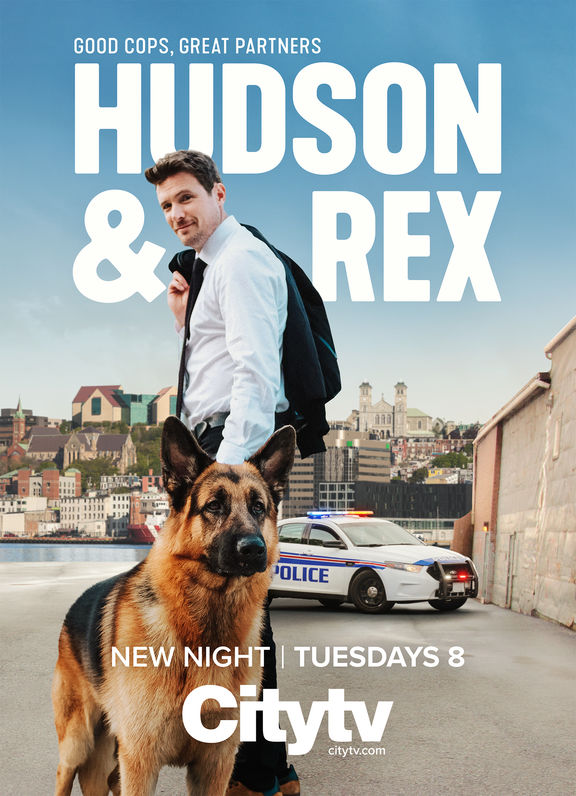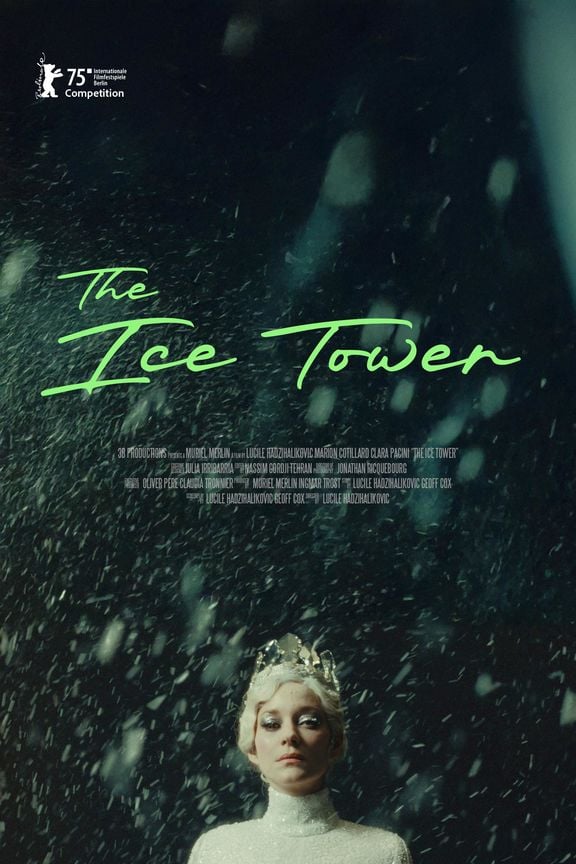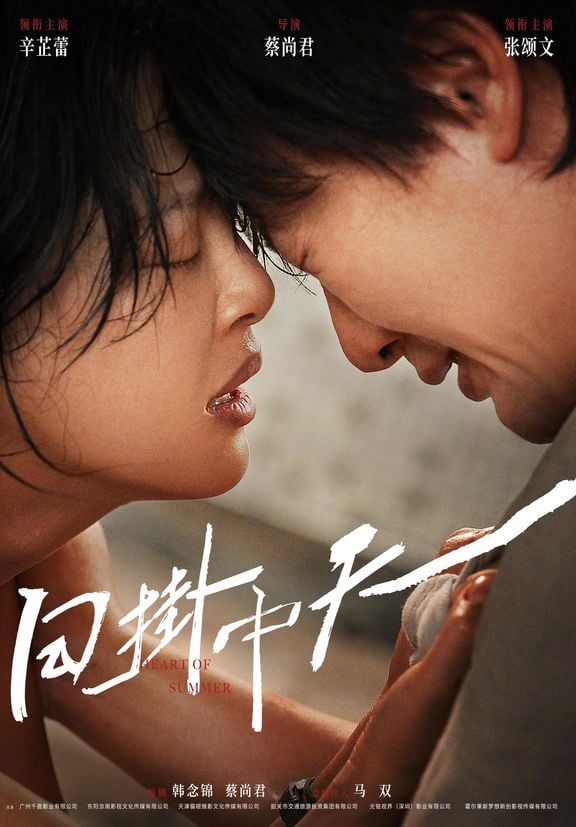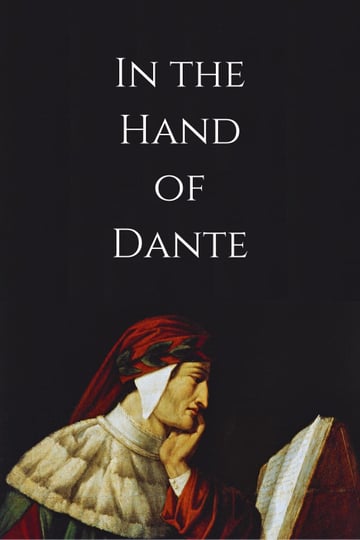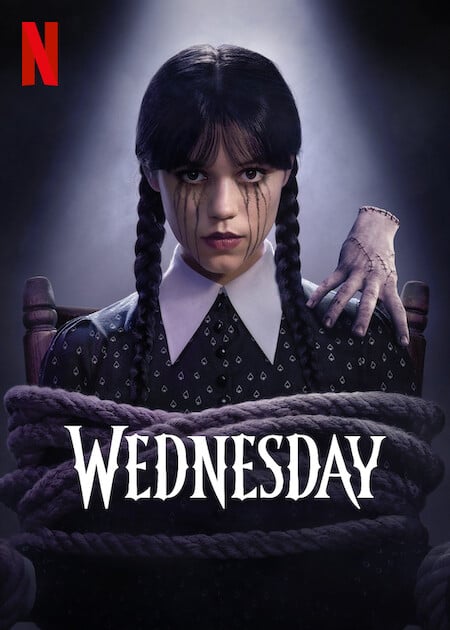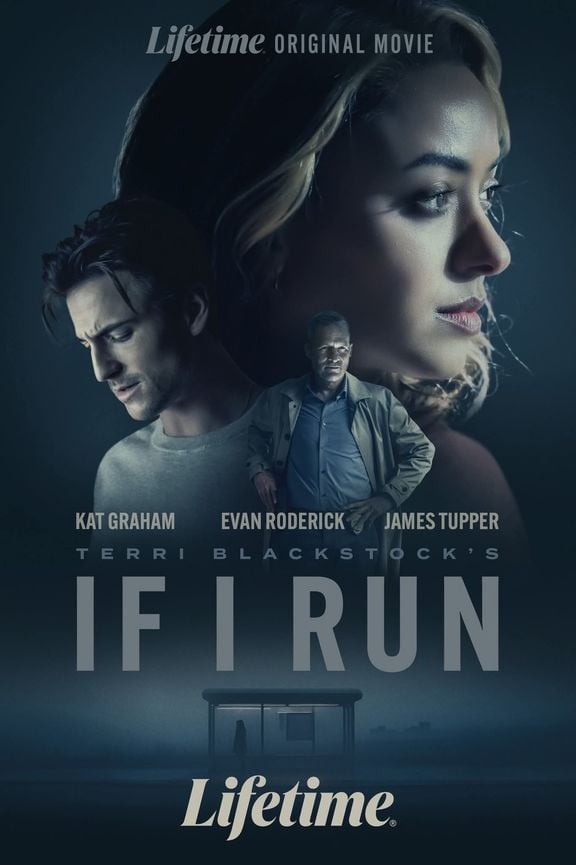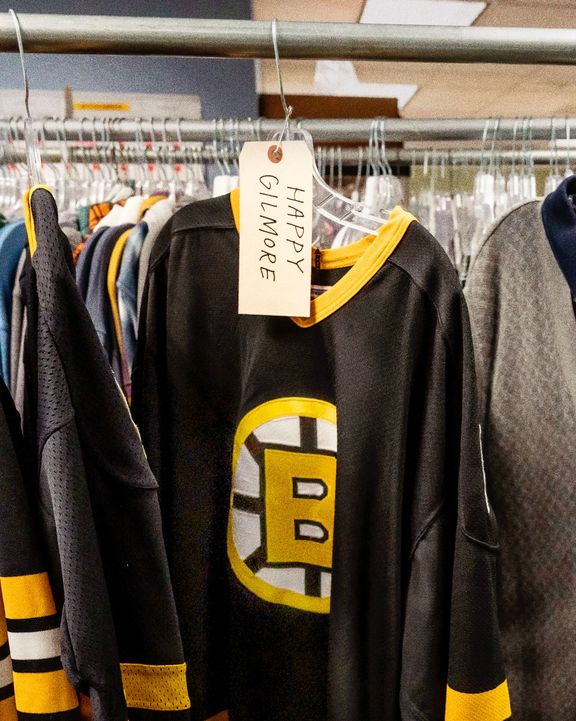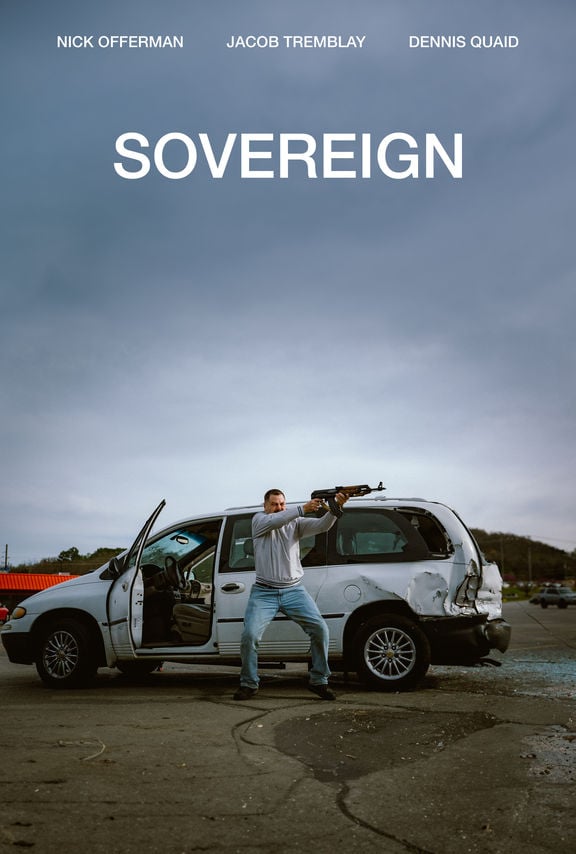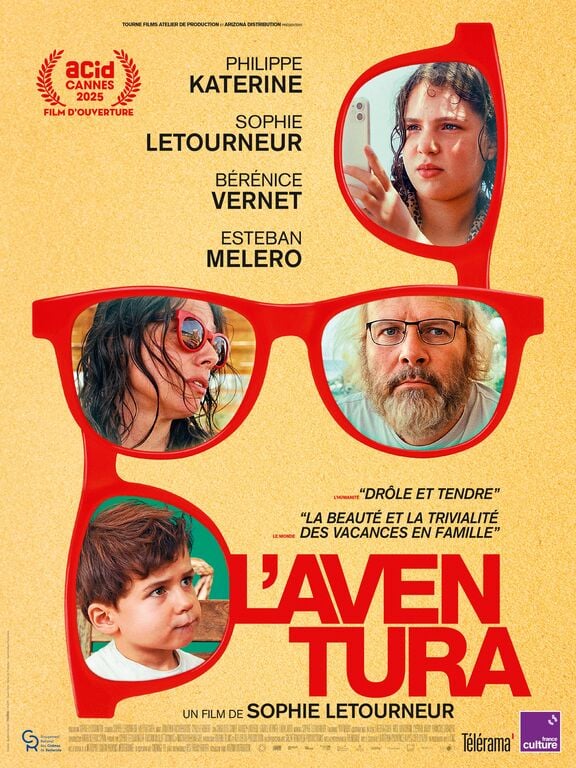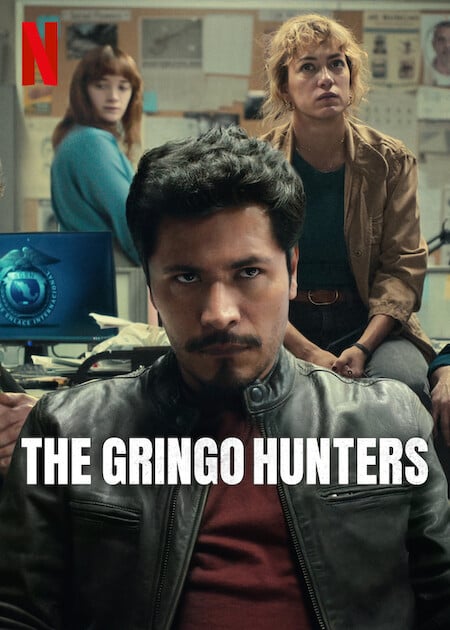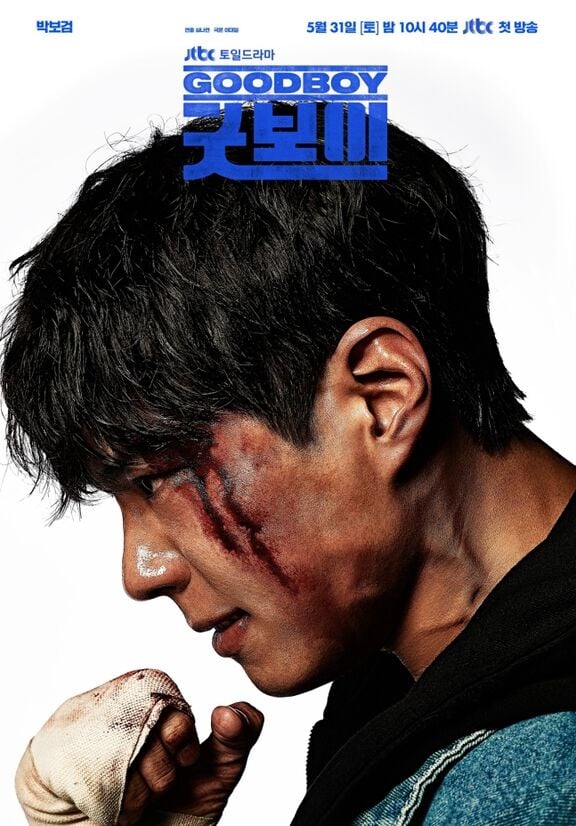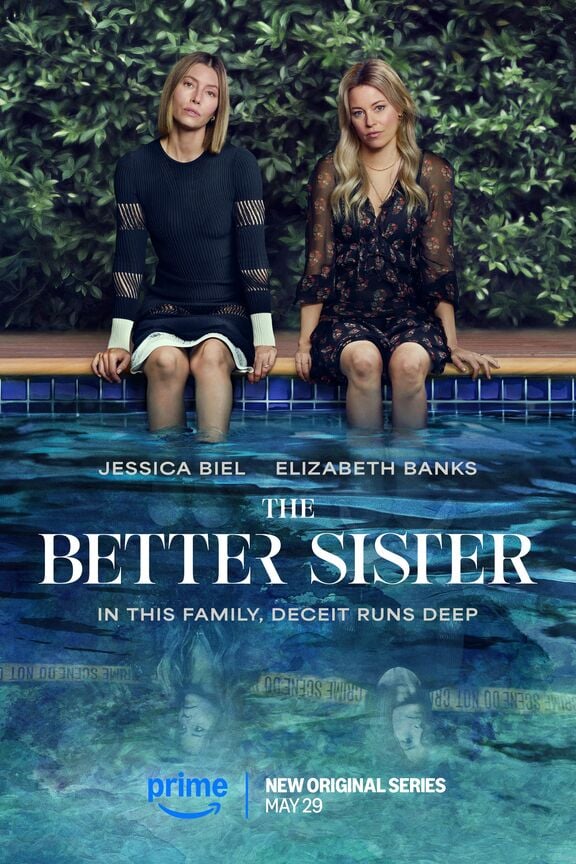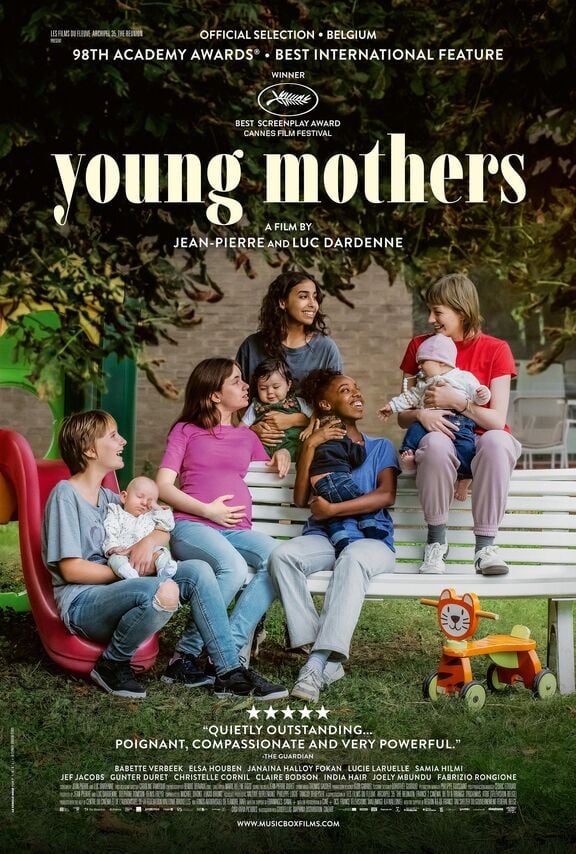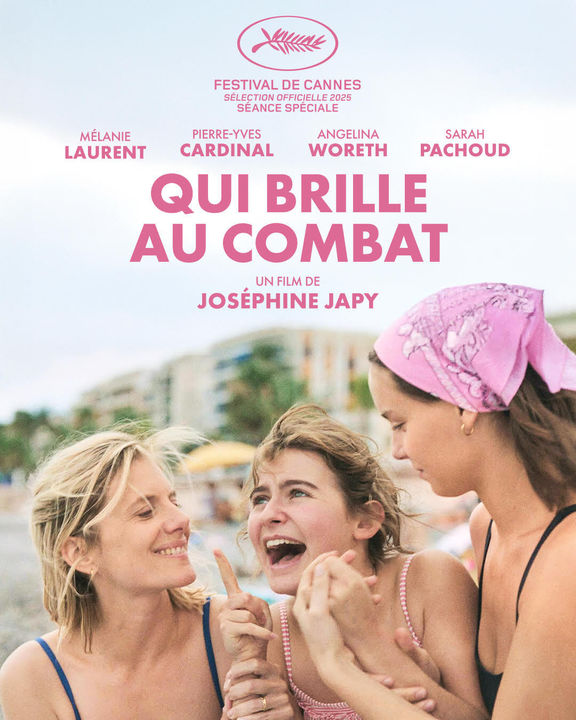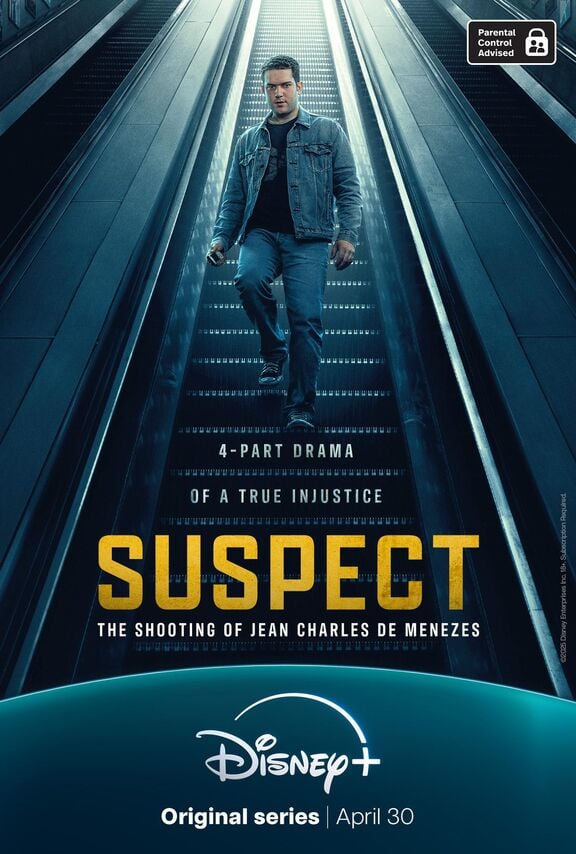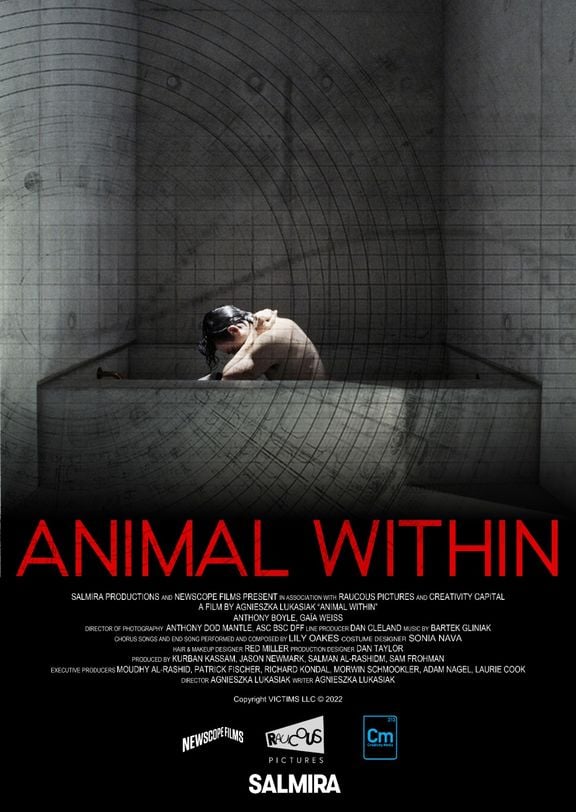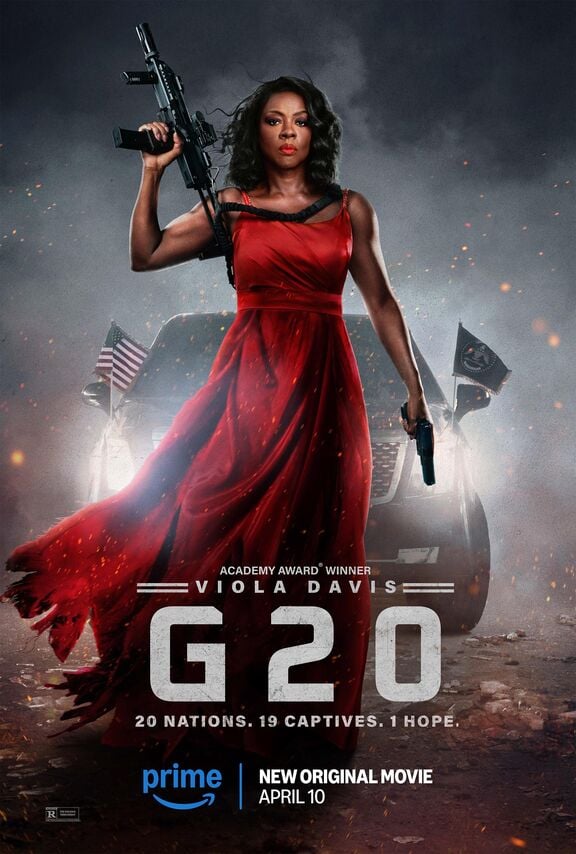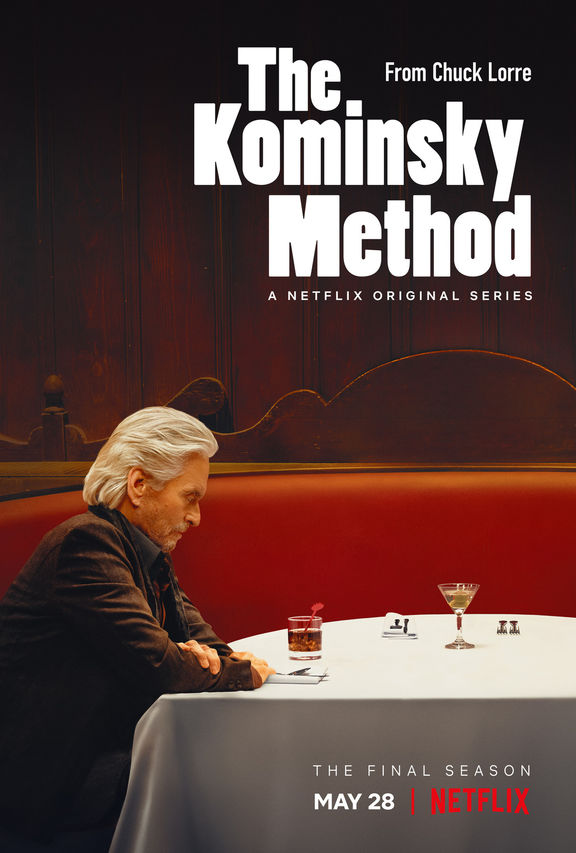
The Kominsky Method
2018-2021 | series
DoP Anette Haellmigk | Jaime Reynoso
Director Andy Tennant | Beth McCarthy-Miller | Chuck Lorre | Donald Petrie
Leitz lens SUMMILUX-C
Camera SONY VENICE, RED Weapon
Production Companies Chuck Lorre Productions | Netflix | Warner Bros. Television
Distribution Netflix
Awards Nominated for 12 Primetime Emmys. 3 wins & 38 nominations total
Equipment Supplier Otto Nemenz | Los Angeles
Country USA
JAIME REYNOSO, AMC PURSUES THE UNCONVENTIONAL ON THE KOMINSKY METHOD
Jaime Reynoso, AMC took over the photography of Netflix’s The Kominsky Method for its third season and earned an award nomination from the American Society of Cinematographers for Best Cinematography in an Episode of a Half-Hour Series Television. Reynoso discusses the challenges and opportunities of entering an existing series midstream as well as how music and the eye of a contrarian artist help shape his process.
===
By Jaime Reynoso, AMC
I joined The Kominsky Method for season 3 when Anette Haellmigk, who shot the first two seasons, was unavailable. The show was definitely not looking for a new look, but I still wanted to make it my own and searched for ways to do that without making it feel unfamiliar. In general, I like to do things differently than other cinematographers, whether it be lighting, framing or camera movement. If everyone is using blue back light for night I want to try something else. I liked the look of the previous seasons, but I did find areas where I could apply my style without being too subversive.
Starting out, I chose to keep the same camera and lens package as previous seasons. Anette had been shooting with the Sony VENICE and the Leitz SUMMILUX-C lenses. The VENICE is my favorite camera at the moment and I had used the Summilux lenses on HBO’s Ballers, so I knew I could make that package work in interesting ways.
The Leitz SUMMILUX-C lenses were a good fit for this show because they do have a personality but they’re not loud. They have a Latin patina and don’t have the predictability of most German optics. There’s a little bit of softness and unpredictability. Knowing exactly how a lens is going to behave takes the fun and surprise out of the job.
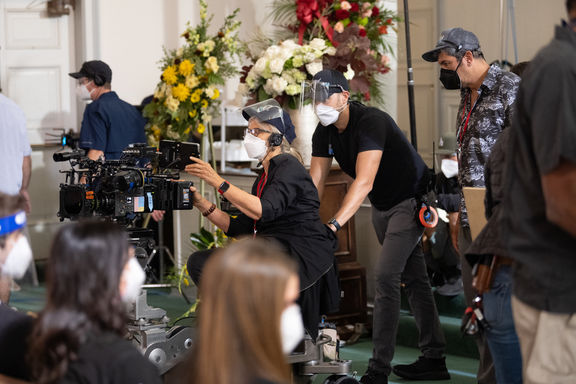
On set I’m a big fan of being open to accidents and the surprises that arise while you’re shooting. Prep is important but not everything is worked out in prep, and when you’re working with really talented actors it’s important to let them bring their talents to the table. I want to see what Michael Douglas thinks his character should do in the space.
In musical terms, I want filmmaking to feel more like jamming than playing a written composition note for note. I like to compose the piece on set. I don’t like to use marks for actors to stop on every time and deliver their lines because to me it feels fake.
I’m also not a big fan of lighting or setting up. I like shooting. The way I work is to get set up quickly and just shoot shoot shoot. The actors responded well to this because it created less waiting when we aren’t constantly stopping the train to adjust. In fact, I actually prefer to do mid-shot adjustments when possible.
In the past I have resisted wearing a headset, but covid distancing rules made it necessary this time. The benefit was that I could talk to people in the distance during the shot to make adjustments. I could get someone on the dimmer controls to tweak the lighting or have the operator slide the framing to the left. Sometimes we’d change the position of the polarizer filter mid-shot. If it was a major adjustment we would do another take anyway, but I could also tell the script supervisor that the first 30 seconds of that take weren’t good for camera so the editor can cut around it.
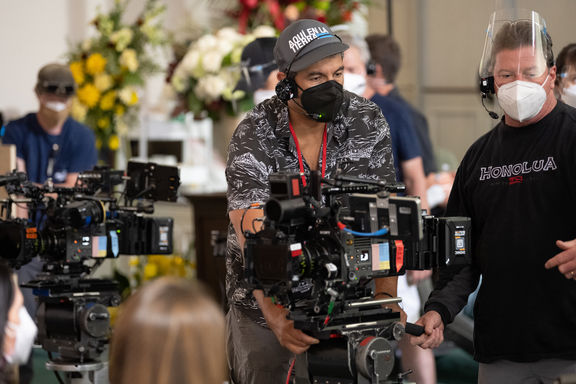
The goal was for camera to take less time between shots than everyone else. I came up from the electrical department and gaffed a bit, so to me taking time adjusting lighting beyond what makeup or sound needs is a bit sacrilegious, unless of course it’s something that is going to ruin the movie. A lot of adjustments are not things the average viewer is going to notice and I try to balance whether the lighting and set dressing tweaks are worth keeping the crew away from their families for an extra three hours that day.
One of the more visible changes I made to the series was to go for naturalistic lighting. In the early years of my career I would spend the time trying to make all the HMIs have the same color, but now it feels sterile when everything is color corrected. For The Kominsky Method I changed the incandescent sources in the house to be a little warm and made the fluorescents in the kitchen cold and green.
To me the idea of “good skin tones” as a camera characteristic is a figment of the imagination. A camera like the VENICE captures more than enough color, which allows me to treat the actor’s face like a gray card and I paint in the emotional note that the actor is giving me with light. If Michael Douglas is under a blue/green fluorescent that’s the color his skin is going to look.
The gaffer and the operator were two people I kind of tried to break from doing things the “correct” way. I told my gaffer Paul McIlvaine not to aim the light at the actor’s face, but instead focus on lighting the space. And, once he’s got the lamp where he wants it, just kick it a bit to make it feel less perfect. This way we’re thinking about the whole scene, not just lighting for marks, and also creating opportunities for happy accidents.
I worked with my operators Bonnie Blake, Mike Walsh, and Joel Perkal on deconstructing framing habits. If the actor is looking to the right the textbook framing would be to put them to the left. I always invite my operators to frame the shot in a unique way to give the figure and the background equal importance. I’m interested in the whole frame and want my operators to be open to using less headroom or putting the actor in the middle if it looks better with the background. The only rule I care about is breaking the rest of the rules.
During preproduction I work with the colorist doing the show to create LUTs. I don’t do standard LUTs for daytime or nighttime though. I create my LUTs for emotions like happy, sad, depressed, etc. and then play them like chords, selecting whichever one best fits the emotion of the scene. That way when the symphony is assembled at the end we just have to polish the edges. I try to stay away from thinking about it too much and stick with what feels appropriate in the moment.
We shot a lot of The Kominsky Method wide open but the shots weren’t extreme because we worked a lot with the middle focal lengths from 25 mm to 50 mm. Most of our close ups were waisters, nothing too tight.
I’ve actually evolved my approach to lenses since this show. After Kominsky I went on to do Snowpiercer and tested a bunch of lenses beforehand. I ended up mixing two sets of lenses with quite different looks so that for each shot I could choose not just the focal length but also the lens character. Working in that way made me feel like The Doors keyboardist Ray Manzarek who would use his left hand to play the bass lines on a tiny bass piano while simultaneously using his right hand to solo or play harmony on the main keyboard. I don’t think I’ll ever go back to using just one set of lenses.
Comedies are not something I have worked on a lot, or actually watch a lot. But The Kominsky Method is a smart comedy in that its comedy comes from addressing the important issues of life and making fun of them. I’m that way too. The only thing I take seriously is mockery.
Interview by Seth Emmons
Lens used
SUMMILUX-C
Performance
Fast, compact, reliable, beautiful in color and excellent in contrast.
